The Wonders of Oregon
June 5, 2022 at 12:14 p.m.
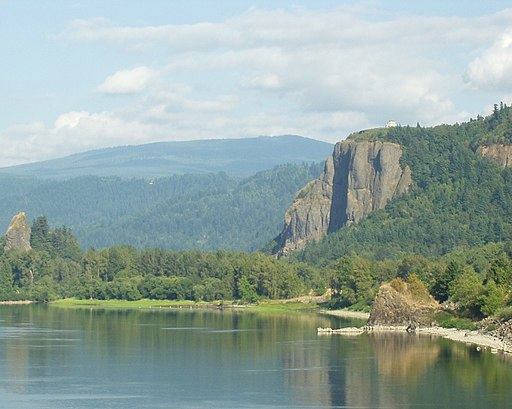 The Columbia River Gorge is one of countless scenic opportunities in the state of Oregon
The Columbia River Gorge is one of countless scenic opportunities in the state of Oregon
At the same time, Oregon is as much a lifestyle as a destination. Laid-back and laissez-faire were among words that crossed my mind shortly after I arrived.
“We’re very accepting of various lifestyles,” a thirty-something woman told me. “A lot of eccentric characters live here,” reported an over-50-year-old man whose gray hair was twisted into a ponytail.
The diversity that characterizes Oregon’s populace translates to its landscapes. They range from rugged ocean coastline to dense forests, from glaciers to desert, from grassy prairies to volcanoes.
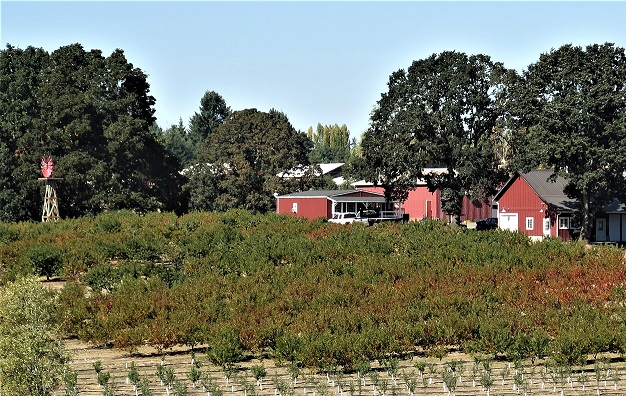 Oregon wineries are a draw to the region
Oregon wineries are a draw to the region
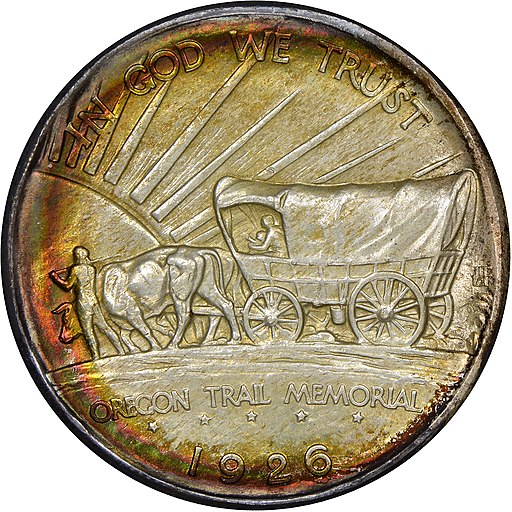 Oregon Trail Commemorative Half-Dollar
Oregon Trail Commemorative Half-Dollar
As word spread about the area’s inviting characteristics, a growing number of people took what became known as the Oregon Trail, accepting the daunting challenges it presented. The route, which ran over 2,000 miles from its start in Missouri, was the most heavily used trail in the westward expansion.
 Visitors can follow the Hood River County Fruit Loop trail, leading to farm stands, berry farms and winery
Visitors can follow the Hood River County Fruit Loop trail, leading to farm stands, berry farms and winery
The Mount Hood Territory Heritage Trail includes stops at the Museum of the Oregon Territory and the End of the Oregon Trail Interpretive Center.
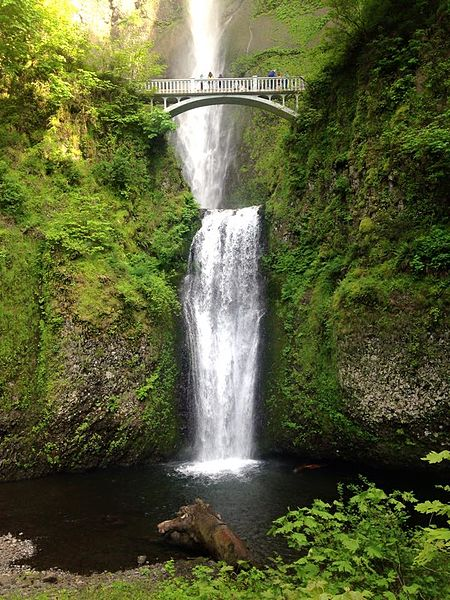 Multnomah Falls
Multnomah Falls
For those who prefer walking, a stroll through the town of Canby (population about 16,000) traces its history from serving as a stop along the Oregon Trail to a logging community.
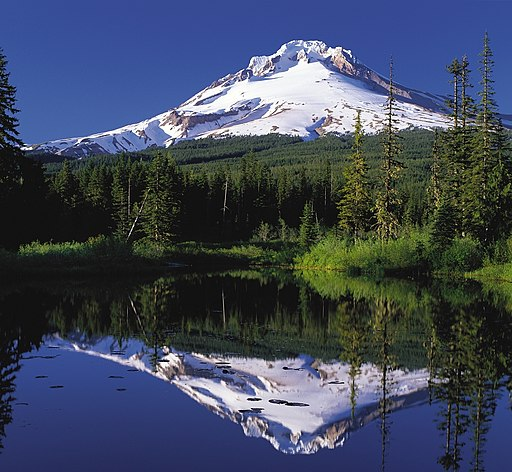 In an area of mountainous terrain, the snow-capped peak of majestic Mount Hood, which soars to over 11,200 feet, reigns supreme. That dormant volcano offers the longest ski season in North America, including runs on 12 glaciers and snow fields.
In an area of mountainous terrain, the snow-capped peak of majestic Mount Hood, which soars to over 11,200 feet, reigns supreme. That dormant volcano offers the longest ski season in North America, including runs on 12 glaciers and snow fields.
During the summer, dense wilderness, fields of wildflowers and alpine lakes in the million-plus acre Mount Hood National Forest attract hikers, campers, fishermen and sightseers, along with experienced mountain climbers. Humans share the woodlands with black bears, elk, mule deer and an occasional cougar.
 Many towns feature collections of outdoor art
Many towns feature collections of outdoor art
Art also enhances outdoor spaces throughout Portland, Oregon’s largest city. A collection of statues around town range from the Greek god Orpheus, to Abraham Lincoln, and Theodore Roosevelt.
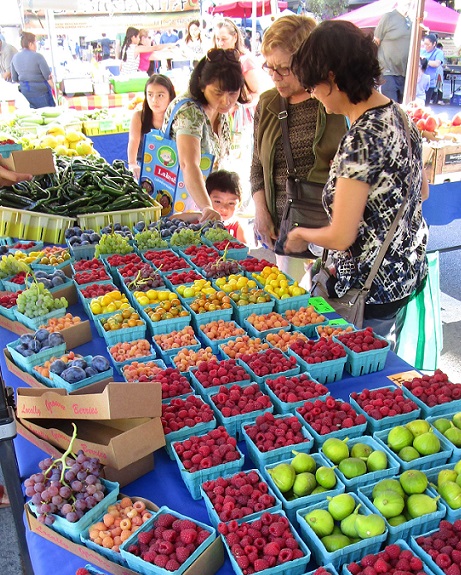 Visiting Portland’s neighborhoods is a good way to experience what the city has to offer. The Alberta Arts District is home to quirky galleries. The houses in the Old Town district, where the city was born in 1843, display ornate cast-iron scrollwork and filigree along with human and animal figures.
Visiting Portland’s neighborhoods is a good way to experience what the city has to offer. The Alberta Arts District is home to quirky galleries. The houses in the Old Town district, where the city was born in 1843, display ornate cast-iron scrollwork and filigree along with human and animal figures.
The Pearl District has evolved from a setting for warehouses, light industry and railroad yards to a collection of art galleries, specialty stores and upscale residences.
Strolling the streets also helps visitors understand the attitude and atmosphere that are unique to the city and its residents, and how it continues to cling to much of its small-town charm.
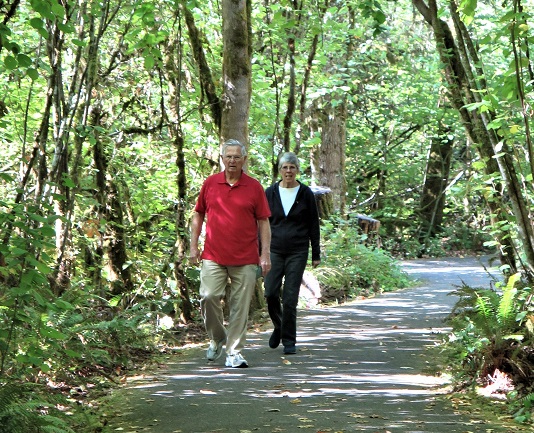 Forest Park in Portland offers hiking opportunities right in the city
Forest Park in Portland offers hiking opportunities right in the city
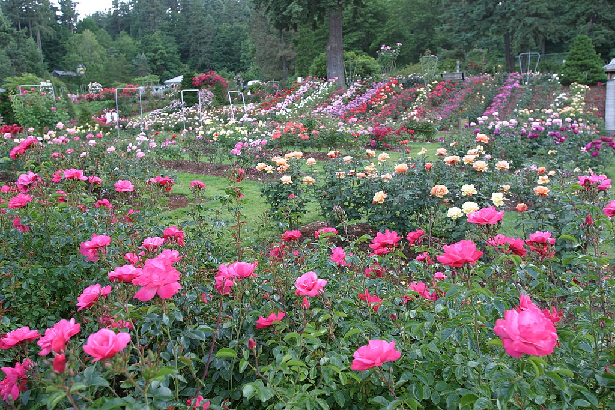 The International Rose Test Garden in Portland is a major reason Portland is known as the City of Roses
The International Rose Test Garden in Portland is a major reason Portland is known as the City of Roses
Lovely gardens, towering mountains and forested fields are among attractions that beckon people to visit Portland, and Oregon. Nearly two centuries ago, hardy pioneers braved extreme hardships to seek a better life. he trip now is much less strenuous, but the rewards can be just as satisfying.
For information about visiting Oregon call (800) 547-7842 or log onto traveloregon.com.





